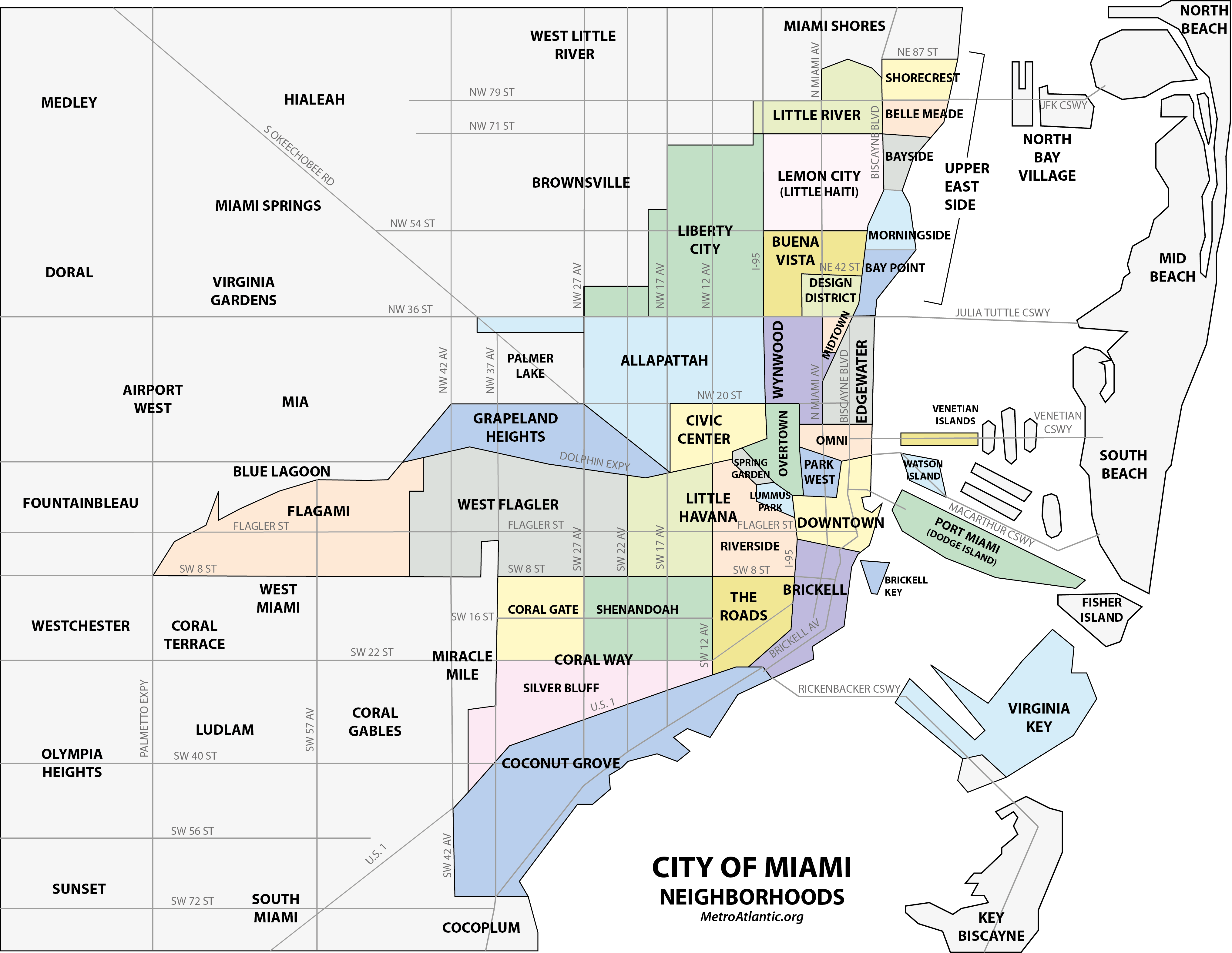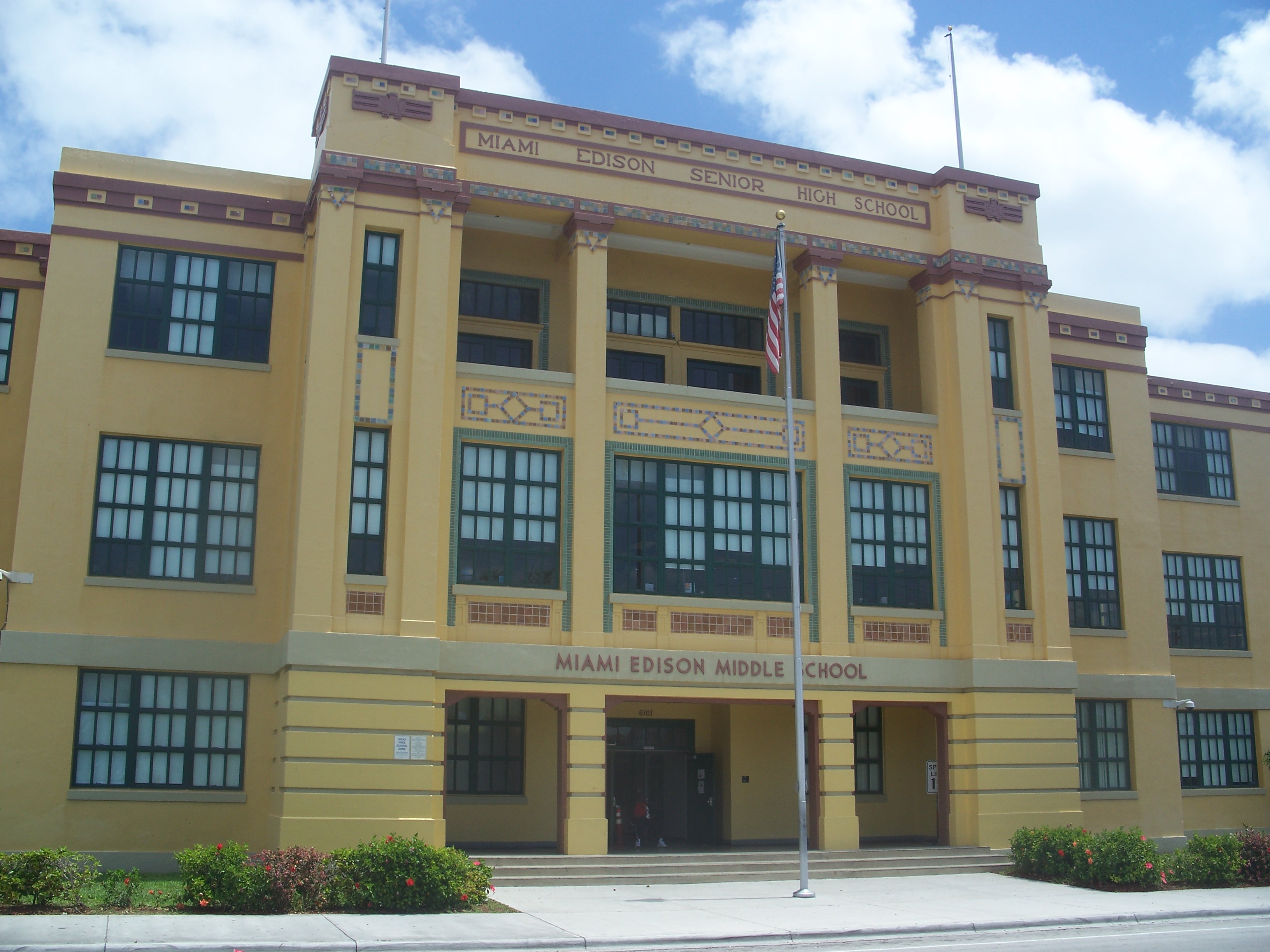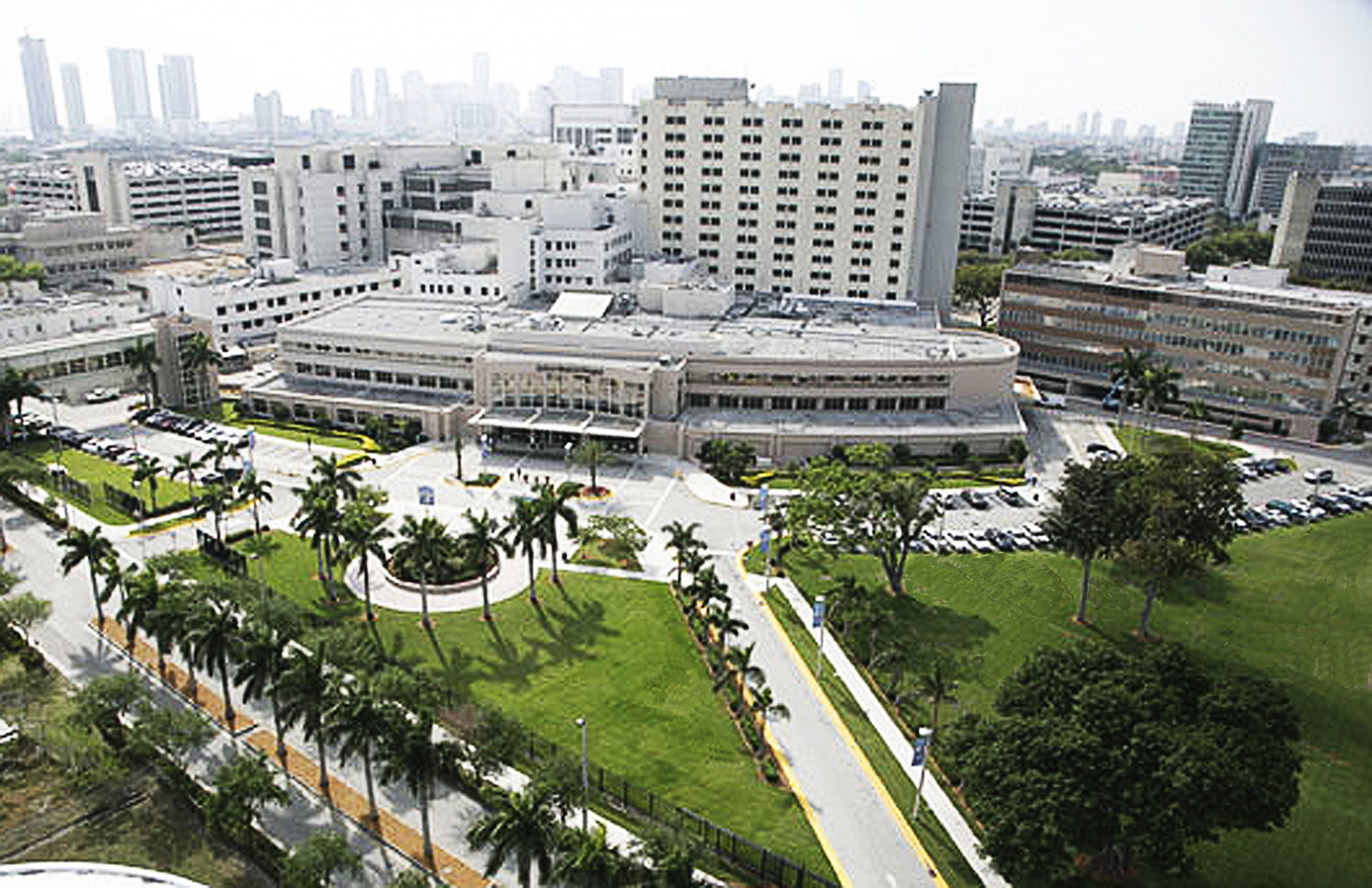|
List Of Neighborhoods In Miami
This is a list of neighborhoods in Miami in Miami-Dade County, Florida, United States. Many of the city's neighborhoods have been renamed, redefined and changed since the city's founding in 1896. As such, the exact extents of some neighborhoods can differ from person to person. The following is the list of all the city's major neighborhoods, including any corresponding sub-neighborhoods within them. Coconut Grove is an example of a neighborhood whose size and name has stayed relatively the same since its settlement in 1825. Having been settled originally as "Cocoanut Grove", its character has stayed almost intact from its early days.Planning Your Vacation in Florida, Miami and Dade County PA Guide to Miami Northport, NY: Bacon, Percy & Daggett, 1941, page 49. In contrast, other neighborhoods have undergone many name and size changes. Buena Vista was once a much larger neighborhood in the 1920s, than it is today. Buena Vista once consumed all of the Miami Design District as wel ... [...More Info...] [...Related Items...] OR: [Wikipedia] [Google] [Baidu] |
Allapattah
Allapattah is a neighborhood, located mostly in the city of Miami, Florida in metropolitan Miami. , the county-owned portion of Allapattah, from State Road 9 to LeJeune Road, is being annexed by the city proper. A stretch in the neighborhood along NW 17th Avenue was nicknamed Little Santo Domingo in 2003, in an effort spurred by former Miami mayor and longtime city commissioner Wilfredo "Willy" Gort to honor the sizable Dominican American population in the community. History The name is derived from the Seminole Indian language word meaning ''alligator''. The initial settlement of the Allapattah community began in 1856 when William P. Wagner, the earliest documented white American permanent settler, arrived from Charleston, South Carolina and established a homestead on a hammock along the Miami Rock Ridge, where Miami Jackson High School presently stands. Development ensued from 1896 and into the 20th century in the area with the completion of the Florida East Coast Railroad ... [...More Info...] [...Related Items...] OR: [Wikipedia] [Google] [Baidu] |
Little River (Miami)
Little River is a neighborhood in Miami, Florida. The neighborhood takes its name from the Little River that runs along its northern edge. Little River was established in the late 1800s and was incorporated into the city of Miami in 1925. The neighborhood is bordered to the north by El Portal, to the south by Little Haiti ( Lemon City), to the east by the Palm Grove Historic District, and to the west by West Little River. Places of interest * Cathedral of St. Mary Originally formed in 1929 under the title "Little River Mission Club", the historic church is the only cathedral in Miami. St. Mary' serves as the "mother church" for the Archdiocese of Miami, led by Archbishop Thomas Wenski. A reflection of the multi-cultural nature of Little River, the church holds Mass in English, Spanish, and Haitian Creole) every Sunday, led by Father Christopher Marino. * B&M Market A bodega selling home cooked West Indian cuisine. B&M Market has been featured on Anthony Bourdain's " Parts U ... [...More Info...] [...Related Items...] OR: [Wikipedia] [Google] [Baidu] |
Lemon City, Miami, Florida
Little Haiti (french: La Petite Haïti, ht, Ti Ayiti), is a neighborhood of Miami, Florida, United States. It is known historically as Lemon City, Little River and Edison. It is home to Haitian immigrant residents, as well as residents from the rest of the Caribbean. Little Haiti is a known neighborhood of Haitian exiles. The area is characterized by its French– Creole designations, with its street life, restaurants, art galleries, dance, music, theatre performances, family owned enterprises, and other cultural activities. Steeped in the complex and rich cultural histories of Caribbean immigrants who brought life to its area, Little Haiti has evolved into a colorful beacon in Miami’s arts communities. Throughout the years, small businesses like celebrated record stores, kitsch bars, and authentic eateries have eased into the neighborhood, creating their own particular patchwork within the already distinct Little River and Lemon City. A 13-foot bronze statue of General ... [...More Info...] [...Related Items...] OR: [Wikipedia] [Google] [Baidu] |
Liberty City (Miami)
Liberty City is a neighborhood in Miami, Florida, United States. The area is roughly bound by NW 79th Street to the north, NW 27th Avenue to the west, the Airport Expressway to the South, and Interstate 95 to the east. The neighborhood is home to one of the largest concentrations of African Americans in South Florida, as of the 2000 census. Although it was often known as "Model City" both historically and by the City of Miami government, residents more commonly call it Liberty City. It is serviced by the Miami Metrorail at Dr. Martin Luther King Jr. Plaza and Brownsville stations along NW 27th Avenue. History Once part of the sparsely populated outskirts of northern Miami, what became Liberty City developed during the Great Depression of the 1930s when President Franklin D. Roosevelt authorized the construction of the Liberty Square housing project in 1933, the first of its kind in the Southern United States. Built as a response to the deteriorating housing conditions i ... [...More Info...] [...Related Items...] OR: [Wikipedia] [Google] [Baidu] |
Health District (Miami)
The Health District, also known as the Civic Center, is a neighborhood in the city of Miami, Florida. The Health District is bound roughly by Northwest 20th Street and 14th Avenue to the northwest, the Dolphin Expressway and the Miami River to the south and west, and the Midtown Interchange and I-95 to the east. The Health District has the country's largest concentration of medical and research facilities after Houston. The neighborhood is composed primarily of hospitals, research institutes, clinics and government offices, and is the center of Miami's growing biotechnology and medical research industry. It is the home of the University of Miami Leonard M. Miller School of Medicine and the University of Miami's Life Science and Technology Park. The Health District is approximately five minutes north of downtown Miami via rapid transit on the Miami Metrorail. History The neighborhood has its roots as a health district with the opening of Jackson Memorial Hospital in 1915, with ... [...More Info...] [...Related Items...] OR: [Wikipedia] [Google] [Baidu] |
Grapeland Heights
Grapeland Heights is a neighborhood in the city of Miami, Florida, United States. It is just east of Miami International Airport and north of Miami's West Flagler neighborhood. It is primarily a single-family residential neighborhood with a significant maritime industry along the neighborhood's eastern end along the Miami River. History In May 2008, Grapeland Water Park opened alongside the Melreese Country Club. The Grapeland Water Park is the first water park to open in Miami. The park is the largest city park in Grapeland Heights, and has proved very popular amongst young Miamians. In June 2011, it received national recognition from the City Parks Alliance chosen for its excellence in design and innovation. Geography Grapeland Heights is located between NW 21st Street and the Dolphin Expressway from W 42nd Avenue (LeJeune Road) to the Miami River. Education Miami-Dade Public Library operates all area public libraries: *Grapeland Heights Library, now closed replaced by Grape ... [...More Info...] [...Related Items...] OR: [Wikipedia] [Google] [Baidu] |
Flagami
Flagami is a neighborhood of Miami, Florida, United States, roughly defined as south and east of the Tamiami Canal, north of the Tamiami Trail (US 41/South Eighth Street), and west of Red Road ( SR 959/West 57th Avenue), bisected by Flagler Street. The name is a portmanteau of the names "Flagler" and "Tamiami." On a map of Miami proper, Flagami is the distinct "tail" that juts out of the west border of the city. 50,834 residents, mostly middle class Hispanics and some white Americans, populate the Flagami area. The residential market is a wide mix of moderately priced apartments, duplexes and single-family homes. The neighborhood is alive with many small shopping centers attracting residents, creating an atmosphere of bustling retail activity by day, while a variety of supper clubs and popular lounges attract people from all over Miami at night. It is characterized by small yet neatly kept and brightly painted single-family homes. Geography It is located at , with an average elev ... [...More Info...] [...Related Items...] OR: [Wikipedia] [Google] [Baidu] |
Park West (Miami)
Park West is a neighborhood of Greater Downtown, Miami, Florida. It is roughly bound by Biscayne Boulevard to the east, West (NW) First Avenue to the west, North (NE/NW) 7th Street to the south and Interstate 395 to the north. As of 2010, about 4,655 residents live in Park West. The neighborhood is named 'Park West' due to its location just west of Museum Park. Future development Much of the neighborhood west of the Metromover will be developed into Miami World Center, a major urban center containing a convention center, hotel, residential condo towers, and 765,000 square feet of retail. Plans for an enclosed Mall at Miami WorldCenter anchored by Bloomingdales and Macy's, have been replaced in favor of an open air promenade shopping district. Demolition of buildings making up the former "club row" began in 2015 clearing the way for construction to begin. Transportation Park West is served by Miami-Dade Transit via Metrobus along major thoroughfares, and by the Miami Metrorail ... [...More Info...] [...Related Items...] OR: [Wikipedia] [Google] [Baidu] |
Lummus Park Historic District
The Lummus Park Historic District or simply Lummus Park, is on the National Register of Historic Places and a locally historic designated district in Miami, Florida. It is roughly bound by Northwest Fifth Street to the north, Flagler Street to the south, Northwest Third Avenue to the east, and the Miami River to the west. On October 25, 2006, it was added to the U.S. National Register of Historic Places. Lummus Park has some of the oldest structures in Miami, and over the decades, has been able to retain a large part of its early pioneer character. History Lummus Park, was created in 1909, as one of Miami's first open, green spaces. The opening of the park in 1909, spurred development in the area, and today, most of the building around the park were built before 1926. The neighborhood has a variety of Mediterranean Revival, Frame, and Masonry Vernacular styles of architecture, and is home to Miami's old Scottish Rite Temple. Lummus Park represents development in Miami before ... [...More Info...] [...Related Items...] OR: [Wikipedia] [Google] [Baidu] |
Downtown Miami Historic District
The Downtown Miami Historic District is a U.S. historic district (designated as such on December 6, 2005) located in the Central Business District of Downtown Miami, Florida. The district is bounded by Miami Court, North Third Street, West Third Avenue, and South Second Street. It contains 60 historic buildings. A large portion the buildings in the historic district were built during the Florida land boom of the 1920s, when Miami experienced rapid population growth. Many of the older structures from before the 1920s, were smaller scale buildings and homes from the Miami pioneer era of the mid and late-19th century. Palm Cottage, built in 1897 is a home from the pioneer era that is still standing, however, few of these original homes remain. Gallery File:Downtown Miami historic CBD.jpg, Much of the CBD consists of low and mid-rise historic buildings. File:Miami FL Downtown HD 101 East Flagler01.jpg, 101 East Flagler Street, 1923 File:Miami FL Downtown HD Gesu Church01.jpg, ... [...More Info...] [...Related Items...] OR: [Wikipedia] [Google] [Baidu] |
Greater Downtown Miami
Downtown Miami is the urban city center of Miami, Florida. The city's greater downtown region consists of the Central Business District, Brickell, the Historic District, Government Center, the Arts & Entertainment District, and Park West. It is divided by the Miami River and is bordered by Midtown Miami's Edgewater and Wynwood sections to its north, Biscayne Bay to its east, the Health District and Overtown to its west, and Coconut Grove to its south. Downtown Miami is the core of the Miami metropolitan area, the nation's ninth largest and world's 34th largest metropolitan area with a population of 6.158 million people. Within Downtown Miami, Brickell Avenue and Biscayne Boulevard are the main north–south roads, and Flagler Street is the main east–west road. The Downtown Miami perimeters are defined by the Miami Downtown Development Authority as the area east of Interstate 95 between Rickenbacker Causeway to the south and the Julia Tuttle Causeway, which connects ... [...More Info...] [...Related Items...] OR: [Wikipedia] [Google] [Baidu] |




